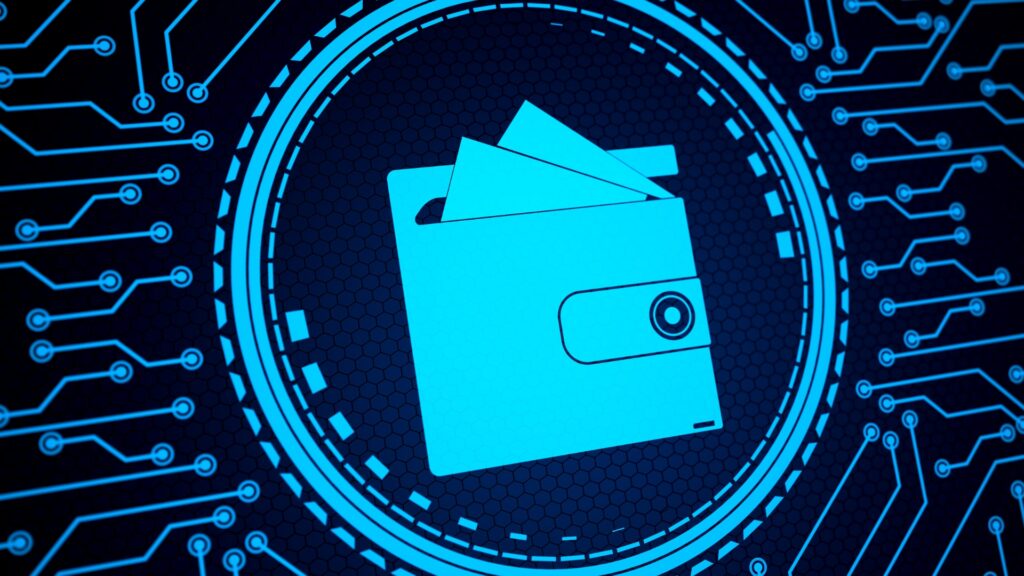Navigating the world of cryptocurrency can be both thrilling and daunting. As a crypto enthusiast, I know the importance of safeguarding my digital assets. One crucial aspect of this is steering clear of fake crypto wallets. These deceptive tools can pose a significant threat to your investments and personal information. In this article, I’ll share valuable insights on how to identify and avoid falling victim to fake crypto wallets.
With the rise of digital currencies, the market has become a breeding ground for malicious actors looking to exploit unsuspecting users. By understanding the red flags and adopting best practices, you can protect yourself from potential scams. Join me as I delve into the strategies that can help you navigate the crypto space securely and confidently.
Understanding Fake Crypto Wallets
Fake crypto wallets are malicious tools designed by scammers to deceive users into entrusting their digital assets, leading to potential financial loss and compromised security. As a crypto enthusiast, I stress the significance of being able to distinguish genuine wallets from counterfeit ones to protect investments and personal data. By familiarizing oneself with the characteristics and tactics of fake wallets, individuals can mitigate risks and safeguard their crypto holdings effectively.
Risks of Using Fake Wallets
Fake crypto wallets pose significant risks to users, including the potential loss of funds and compromised security. It’s crucial to understand these risks to protect your investments and personal information effectively.
Loss of Funds
Using a fake crypto wallet can result in the loss of all the funds stored in it. Scammers create counterfeit wallets to deceive users into transferring their cryptocurrencies, only to disappear with the assets. For example, a fake wallet that promises high returns or rewards may entice users to deposit their funds, leading to instant and irreversible financial losses.
Compromised Security
Fake wallets can compromise the security of your digital assets and expose your sensitive information to hackers. By entrusting your cryptocurrencies to a fraudulent wallet, you risk unauthorized access to your funds and personal data. These malicious actors can exploit vulnerabilities in fake wallets to steal your assets or use your information for identity theft or other fraudulent activities. Protecting your security is paramount in the crypto space to avoid falling victim to scams and cyber threats.
Ways to Identify Fake Crypto Wallets
When it comes to ensuring the safety of your digital assets in the crypto world, recognizing fake crypto wallets is crucial. Here are essential steps to help you identify and avoid falling victim to counterfeit wallets:
Research the Developer
I research the developer of the crypto wallet to verify their authenticity. It’s crucial to examine the background, reputation, and history of the developer before trusting a wallet with your funds.
Tips for Avoiding Fake Crypto Wallets
In recognizing and avoiding fake crypto wallets, staying vigilant is key. Here are some essential tips to help safeguard your digital assets:
- Validate the Developer:
Research the developer behind the crypto wallet. Verify their background, reputation, and history in the cryptocurrency community. Trustworthy developers are transparent about their identities and have a track record of delivering secure wallet solutions. - Check Reviews and Feedback:
Before choosing a crypto wallet, explore reviews and feedback from other users. Authentic reviews can provide valuable insights into the wallet’s performance, security features, and user experience. Watch out for excessively positive reviews or lack of feedback, as these could signal potential risks. - Download from Official Sources:
To mitigate the risk of downloading a fake wallet, only obtain wallet applications from official sources such as the developer’s website, reputable app stores, or trusted cryptocurrency platforms. Avoid third-party links or sources that may lead to counterfeit wallets. - Verify Website Security:
When interacting with a crypto wallet’s website, ensure that the website uses secure connections (HTTPS) and features authentic security certificates. Fake wallets may have unsecured websites or mimic legitimate sites to deceive users. Double-check the URL for any anomalies or misspellings. - Beware of Phishing Attempts:
Stay cautious of phishing attempts that impersonate genuine crypto wallets through email communications, social media messages, or advertisements. Phishing scams often lure users into disclosing sensitive information or downloading malicious software. Verify the sender’s email address, avoid clicking on suspicious links, and never share personal details through unsecured channels. - Utilize Hardware Wallets:
For enhanced security, consider using hardware wallets to store your cryptocurrencies. Hardware wallets provide offline storage and additional layers of protection against online threats. While they may involve a purchase cost, the added security measures can safeguard your assets from potential hacking attempts or malware infections.
By following these proactive measures and remaining informed about the indicators of fake crypto wallets, you can enhance your defenses against fraudulent schemes and protect your investments in the ever-evolving crypto landscape. Stay vigilant, conduct thorough research, and prioritize security when selecting a crypto wallet to ensure a secure and rewarding digital asset management experience.

 Alice Morillo is a prominent figure at The Digi Chain Exchange, known for her passion and expertise in the field of cryptocurrency and digital finance. With a keen interest in the evolving landscape of blockchain technology, Alice has dedicated herself to providing insightful content that helps both new and seasoned investors navigate the complexities of the crypto world. Her contributions to The Digi Chain Exchange reflect her deep understanding of market trends, trading strategies, and the regulatory environment surrounding digital assets.
Alice Morillo is a prominent figure at The Digi Chain Exchange, known for her passion and expertise in the field of cryptocurrency and digital finance. With a keen interest in the evolving landscape of blockchain technology, Alice has dedicated herself to providing insightful content that helps both new and seasoned investors navigate the complexities of the crypto world. Her contributions to The Digi Chain Exchange reflect her deep understanding of market trends, trading strategies, and the regulatory environment surrounding digital assets.

